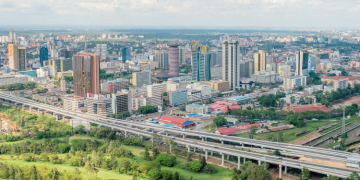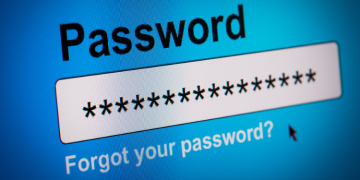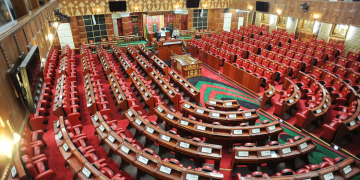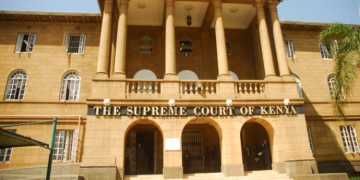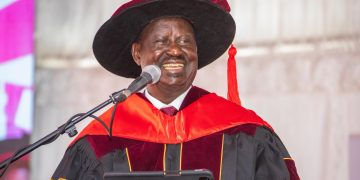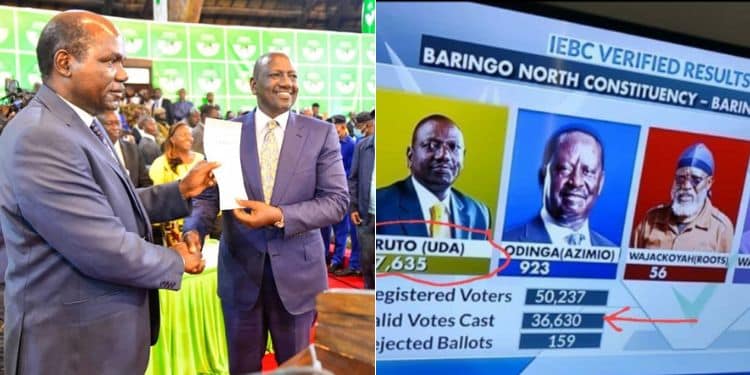Reports and images have been circulating online indicating that President William Ruto received thousands of votes from a non-existent school in Baringo highlighted in an NTV investigative report.
According to the reports circulating online, Kaptiony Girls High School, one of the highlighted ghost schools, was tallied as a polling station during the 2022 general elections.
However, as seen in the NTV report, the school is nonexistent, save for gates and signposts that were put up in an overgrown piece of land.
Therefore, reports that presidential candidates got votes from a non-existent polling station has raised concerns as some Kenyans questioned the legitimacy of the election results, a matter that has been contested since the exercise.

Also Read: IEBC Selection Panel Defies Raila After Court Order
Kenya Times Determine Truth Behind Reports on Ruto
In a statement on Saturday, May 11, the Independent Electoral and Boundaries Commission (IEBC) dispelled the reports and labelled posts alluding that it used non-existent polling stations “misleading” and inaccurate.
IEBC further clarified that the process of mapping where the polling stations will be during the elections is stakeholders-driven where political parties and members of the public are included.
To clear doubts about whether the alleged non-existent stations were used, the Commission directed members of the public to access the gazetted 46,229 polling stations used in the last general elections as it is public information.
“The process of mapping where the polling stations will be during the elections is stakeholders-driven with political parties and members of the public included,” stated IEBC.
The Kenya Times did a spot check on the matter to compare the reports and the polling stations details from the Independent Electoral and Boundaries Commission (IEBC).
According to the official records, both Kaptiony Girls High School and Kampi Nyasi Secondary School, institutions highlighted in the investigative report, were not on the IEBC list of polling stations.
This rules out the possibility that the ‘ghost schools’ were used as polling stations for the 2022 general elections and confirms that no presidential candidate, including President William Ruto got any votes from the area.
Additionally, IEBC did not have a record of accumulated votes from the institutions.
The genesis of the reports about ghost polling stations was a report by NTV that exposed ghost schools that reportedly have board members and school fees accounts but no active learners to show where all the funds are directed to.
While some Kenyans said that it was an elaborate ploy to defraud the government of school capitation funds, others believed that the schools would eventually be put up even though they had turned into ridicule, especially by the surrounding communities.
Also Read: Truth Behind Lethal Reptiles Escaping from Snake Park
How to Detect Fake Publications
One of the ways of detecting fake publications and notices is establishing the source of the information.
In an era of increased misinformation and disinformation, especially at a time when access to information online has been made even easier, it is important to take note of the entity or authority sharing the information.
Furthermore, it’s advisable to confirm if it originates from an official website or social media platform associated with a reliable source.
Additionally, many fake publications will contain grammatical errors and other mistakes that would easily not be made by officials working for government entities.
Other trends in the digital era include phishing where cyber criminals send a link with the intention of obtaining information from an unsuspecting target.
Follow our WhatsApp Channel for real-time news updates:
https://whatsapp.com/channel/0029VaB3k54HltYFiQ1f2i2C


